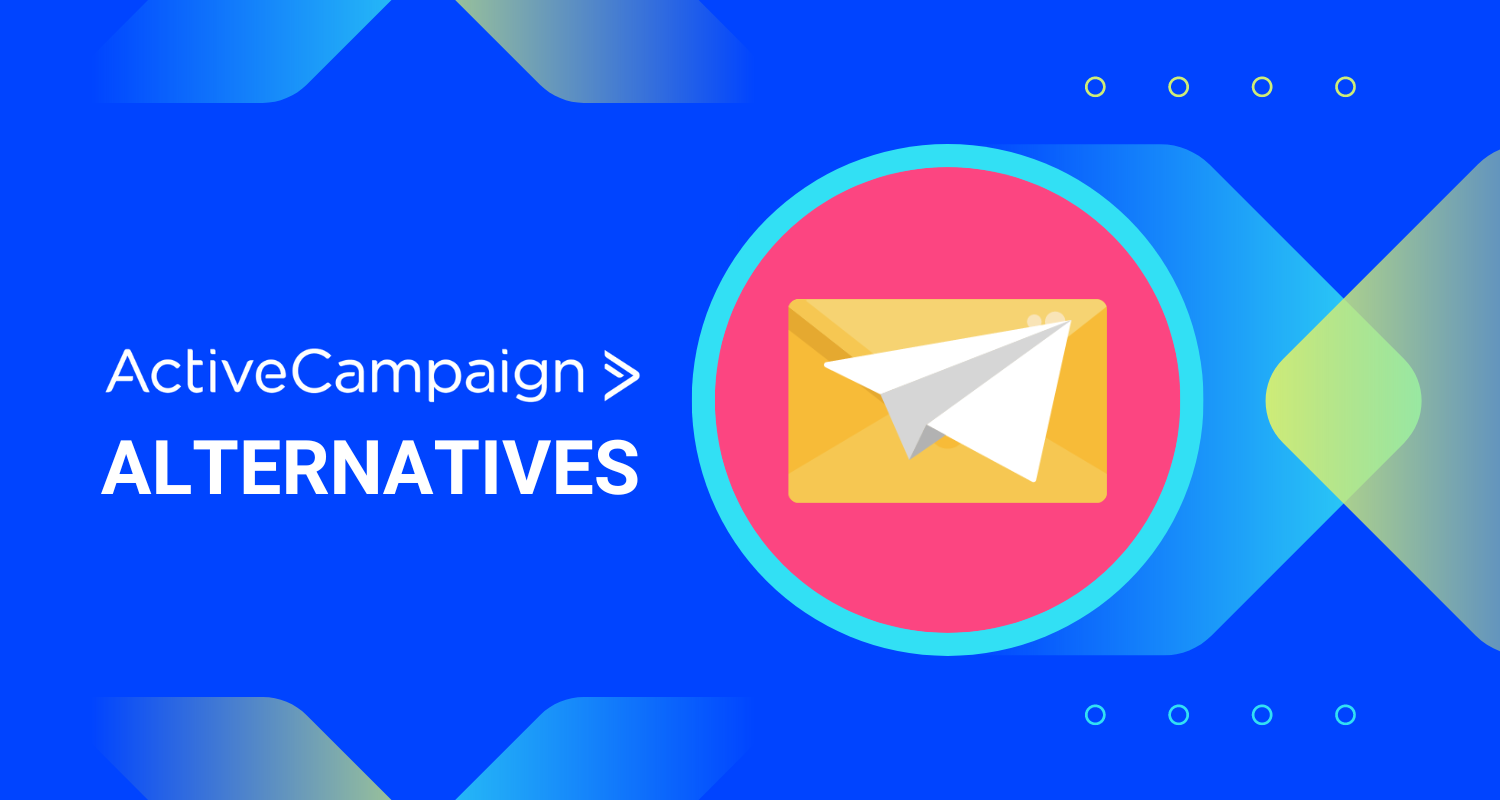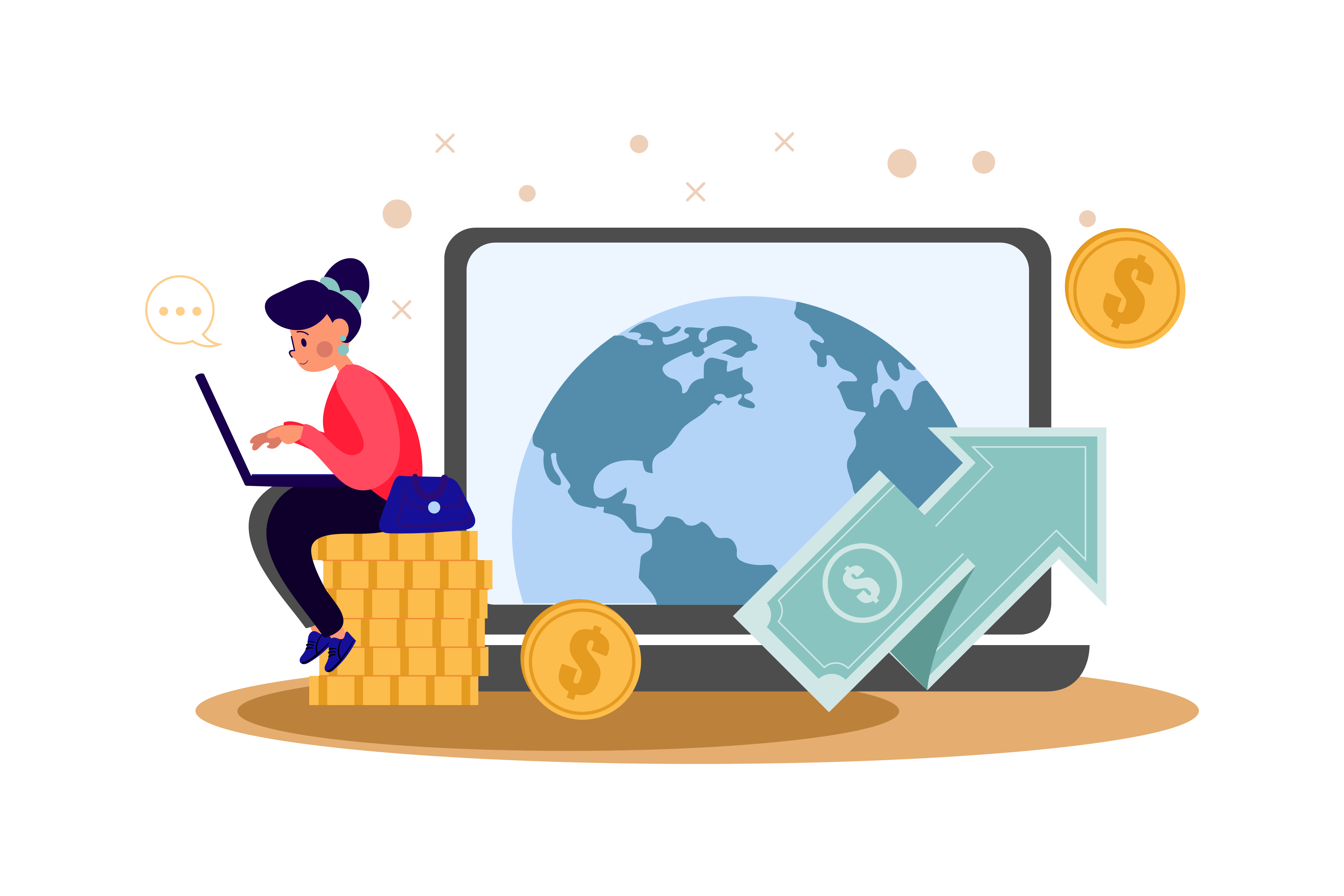
Reducing your customer acquisition cost is challenging and complicated because this metric comprises all of your sales and marketing activities. For businesses who sell products online (like SaaS and ecommerce), there are a lot of different marketing strategies and channels in use.
Cutting down that number means getting rid of the ineffective marketing strategies, investing more in the channels that are working, and continually tweaking your approach on all of the channels you’re active on so that you can get higher numbers of new customers at a lower cost.
In this post, we define customer acquisition cost and provide real ways to make all of your marketing efforts more targeted so you can reduce this critical metric.
All about your customer acquisition cost
Customer acquisition cost (CAC) is the total of all of your sales and marketing expenses in a certain period of time divided by the number of customers you gained in the same time frame.
Your sales and marketing expenses should include employees, contractors, software subscriptions, etc.
For example, let’s say that your total cost of sales and marketing for Q2 was $250,000. During this time, you acquired 800 customers. This means that your CAC is $312.50. If your customer lifetime value (LTV), meaning how much the average customer spends with you over the lifetime of your relationship, is $950, then that means you’re spending $312.50 to make $950, which is a great return.

Most businesses seek to keep this ratio at 1:3. $312.50 X 3 = $937.50. In this example, the CAC is under the 1:3 ratio.

How to reduce your customer acquisition cost by tweaking all channels
As businesses scale, CAC often goes up. For some growing companies, it gets more and more expensive to acquire a new customer, until they reach a certain level of brand recognition, at which point CAC gradually falls back down. Without the brand presence of Nike at your disposal, your CAC isn’t going to go down all it’s own.
You need to reduce it actively. Of course, this means hacking away at any strategies or channels that produced no ROI in the past 3 – 6 months. For example, maybe you couldn’t get Facebook ads working. Or perhaps Instagram isn’t as worthwhile as LinkedIn. Of course, any new strategy will take some level of upfront investment, but if something clearly isn’t working, you have to cut it loose.
But how do you reduce CAC by optimising the other channels that are working?
How can you spend less to get more customers?
Let’s review smart ways in all of the top strategies for businesses that sell online.
Organic content
Here are some ways that you can make your organic content more targeted so it can produce higher levels of ROI.
Competitor-focused SEO content
Sometimes the way to get more customers at a lower cost is staring you right in the face. Content is thought to be something only relevant for the top of the funnel, but what if your content can do some selling for you? What if, after engaging with just one piece of content, someone is ready to buy?
Sure, not every piece of content can sell, but increasing the proportion of content you produce that is designed to sell can immediately help to reduce your overall customer acquisition cost.
One of the smartest types of content you can produce is pages and posts that steal organic traffic from your competitors.
For example, this SocialPilot page ranks for the keyphrase “Buffer alternatives.”

Moosend uses a different content format by ranking this blog post for the keyphrase “Mailchimp alternatives.”

Whether you choose to create competitor alternatives content using pages or posts is up to you. What’s important is that you don’t neglect these types of opportunities by only focusing on top-of-funnel topics.
Other bottom-of-funnel SEO content
Competitor alternatives posts aren’t the only way to get more ROI from your SEO content. You can also generate other types of content that satisfy high intent, high awareness keyphrases.
For example, when someone searches “comfy clothes at home,” they’re likely looking to shop. If you own an ecommerce store, you can do keyphrase research and competitor keyphrase research to determine what shopping focused keyphrases you should create blog content for.
This example blog post for that keyphrase earns affiliate revenue.

SaaS companies can also seek out high-value keyphrases, or ones whose searchers are more likely to sign up for their solution than read the information and leave.
This example from Oktopost on employee advocacy social media tools is highly relevant to their solution and likely pulls in a lot of leads compared to other content.

Freebie opt-ins that your audience would pay for
Blog posts aren’t the only forms of content, of course. Freebies like webinars, ebooks, template packs, and other downloadable content can help you optimise the middle of your funnel.
Just imagine how much higher your number of new email subscribers would be if your freebie converted twice as high.
Often, improving the conversion rate of your opt-in isn’t about tweaking the copy or design. You might need to offer something more desirable to make a significant change in your conversion metric.

Like this example from GrowthLab, the best freebies have a few things in common:
- Save the person time, like templates, easy to use calculators, etc.
- Are focused on helping your target audience achieve a specific outcome
- Are valuable enough to charge for (a SaaS company could offer a course or template pack for free that gurus or consultants would charge for)
Take a good hard look at the freebies you offer. Are they really that valuable? If not, change them.
Because you likely promote them across multiple channels, having amazon freebies can absolutely lower your customer acquisition cost.
Paid advertising
Now let’s explore some strategic ways to lower customer acquisition cost when it comes to paid marketing. Remember, you calculate CAC by totalling all marketing expenses, so reducing it requires tackling it from all angles.
Testing audiences
As soon as you’ve got ad creative that is generating a reasonable cost per lead on Facebook, it’s time to test more audiences and keep testing more audiences.

Small companies and inexperienced advertisers make the mistake of testing creative (images, video, and text) and forgetting to test their audiences. While creative can have a big impact on your cost per click, the audience tends to have an even bigger impact.
Once you’ve got a great ad, it will usually perform similarly across different audiences that work well for you. However, a fantastic ad won’t get you great ROI in the wrong audience. So, be sure always to have 2-4 new audiences that you’re testing at any given time. That way, around 80% of your budget can go towards audiences that you know work, and 20% can go for new experiments.
Instead of just trying different demographics, be sure to test different interests and pages that your audiences like.
Going straight for the sale versus a free opt-in
For most ecommerce companies, there are usually two options:
- Send traffic straight to a top-performing product, and have a pop-up for a coupon to get the person on your email list
- Send the traffic directly to a coupon
And for SaaS companies, the options are usually:
- Send paid traffic to a free trial sign up
- Send paid traffic to a demo request form
- Send paid traffic to a downloadable or webinar opt-in
It’s easy to get stuck in a rut and assume you know which option is best for your business.

But are you testing it? Maybe, instead of sending traffic to an ebook, you can succeed with sending them straight to a free trial sign up. Or maybe the opposite is true. Just be sure that as you work to reduce your customer acquisition cost, you’re testing your leading offers, not just the ad creative.
Offer an amazing deal for your best audience.
One smart way to make sure your paid advertising is successful is to offer something that your best target audience can’t refuse. Majorly increasing the conversion rate of your landing pages is a smart way to recover more ad cost than ever before.

Offering a 90-day free trial is a genius way to get potential customers to give you a shot. You’re incentivising them to switch over from a competitor by giving three months of lower expenses.
Can you think of an offer that your ideal audience won’t refuse?
Partnerships
Partnering with influencers and affiliates can majorly reduce your customer acquisition cost. Let’s look at some key strategies.
The right influencers
Choosing the right influencers for your business is the biggest challenge. It’s easy to assume the challenge lies with the post-creative or results tracking, but influencer fit can contribute the most changes to your campaigns.

Look for influencers who have 10% or higher engagement on posts compared to the size of their following, post at least once a day, and create meaningful conversations with their followers.
As for reducing costs and increasing customer numbers, most companies find they have better success working with a larger number of affordable influencers, rather than one person with a high fee. Giving away free merch or subscriptions in exchange for a single post can be really worthwhile.
Proactive affiliate growth
For SaaS companies especially, affiliate marketing can be a huge revenue channel. It doesn’t require as much effort or investment as many other marketing channels.
What’s required is:
- Clarity around the criteria of your most successful affiliates
- Outbound prospecting to get more affiliates
- Content creation to give affiliates everything they need to sell
- Nurturing and community building
- Leaderboard and rewards to incentivise affiliates
If you’re a SaaS or B2B productised services company then you’d be smart to take some inspiration from SEMrush’s amazing partner page.

Reducing your customer acquisition cost is never an easy, one and done thing. It requires extreme vigilance on all of your marketing channels. Where do you forget to test your base offer? Where are you starting to get lazy? How could you reach customers more directly, and reduce the number of steps required to become a customer?
Allow yourself to ask these essential questions, and see where the answers lead you.
GoSquared makes it easy to setup marketing automation based on website user behaviour. Try it for free.

